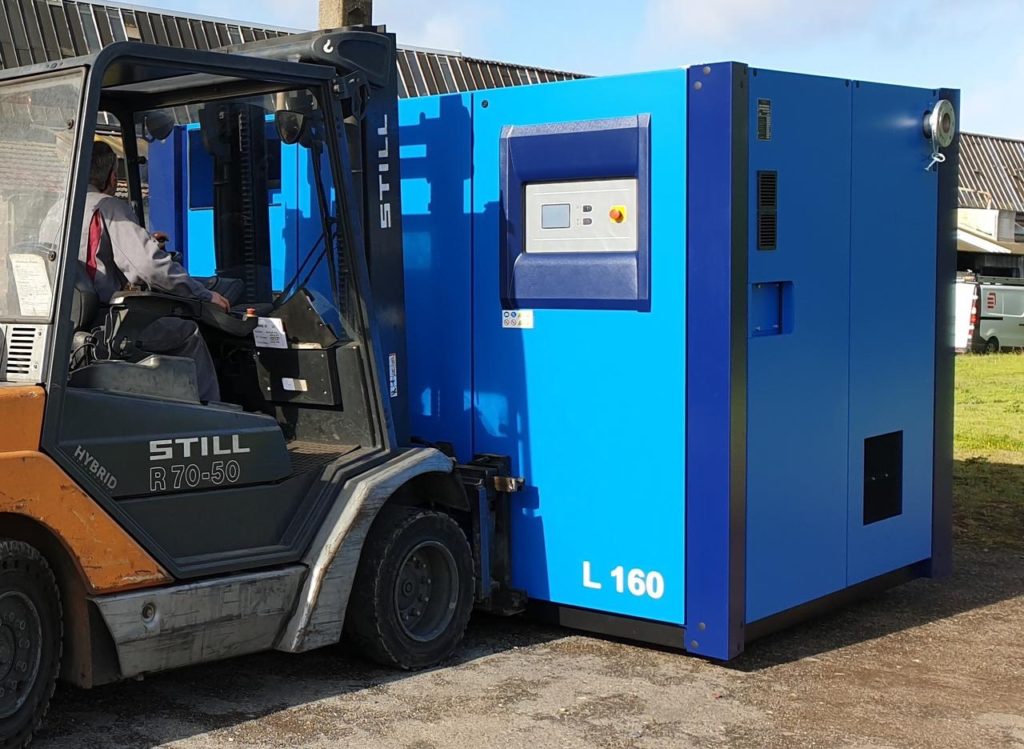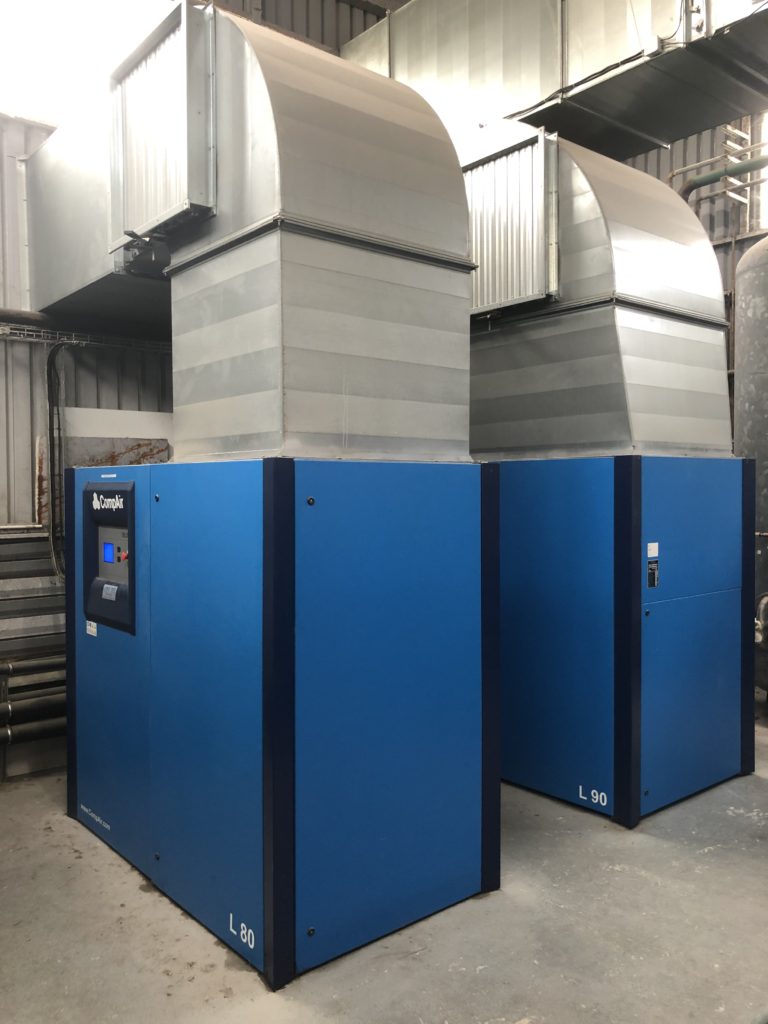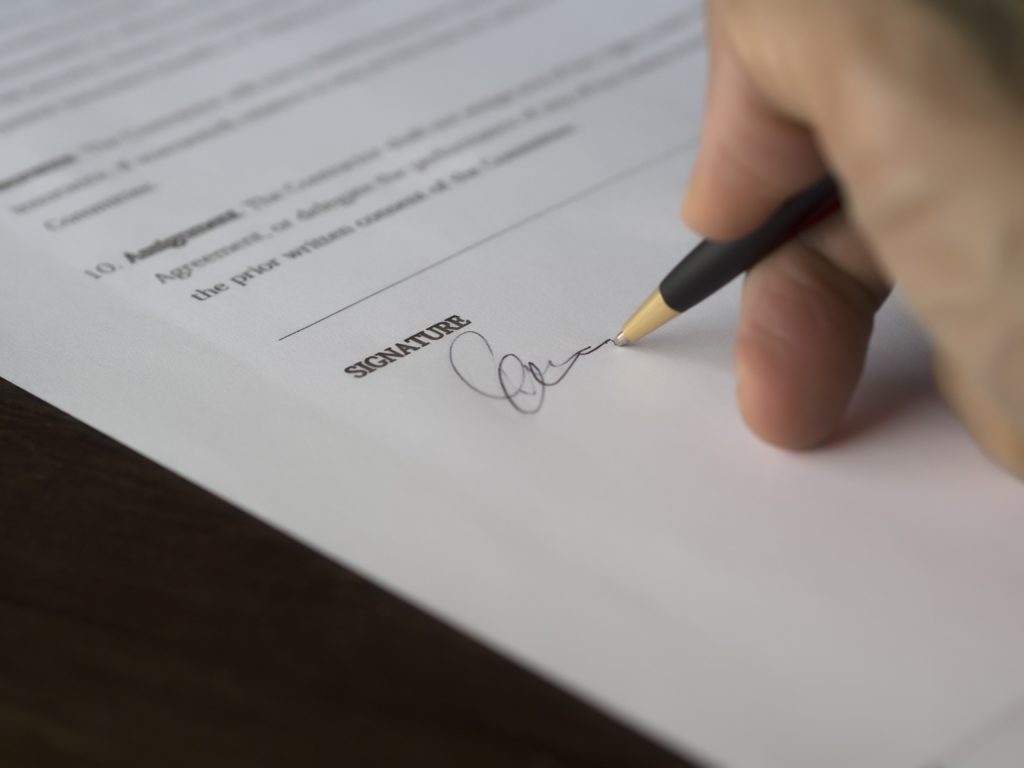Contact us to discuss your needs
The end of the year is fast approaching and with it the finalization of the budgets allocated for the year 2022. It's time to get your compressed air budget right. The budget for compressed air is often forgotten, but it is not to be neglected.
Whether you are replacing a machine, installing new solutions or upgrading your existing air handling unit, it is necessary to plan a budget.
To begin, let's talk about the budget allocated for the implementation of a compressed air project.
It is divided into three main areas:
- The first one refers to the investment cost and represents 18% of the global sum
- The second one refers to the energy cost which represents 73% of the global sum
- The third and last one concerns the maintenance cost, which represents 9% of the global sume
The first step in calculating the investment cost is to assess the requirements for the right compressed air solutions.
Concerning the exact choice of the machines, only an expert will be able to make you a customized proposal by taking into account your constraints of today as well as those of tomorrow.
In order to offer you the best solution, our expert will conduct an audit of your work environment and your compressed air needs. However, you can already make the work easier for him and at the same time save money by starting to create the specifications yourself.

It is possible for you to carry out part of the specifications independently. You know your company, the way your employees work, the energy you need and most importantly, you are aware of your company's future plans.
To help you, we share with you the different steps to develop your specifications.
Part 1: Detail your current need. Why do you need compressed air? Identifying your real needs is the first step in building your specifications. It is this need that will determine the rest of the project.
Part 2: Identify existing equipment. List, as far as possible, all equipment that is related to compressed air.
Part 3: Identify your future needs. Installation of a new production line, new offices to be heated ..
Part 4: Identify your obsolete machines and tanks. It is not always obvious that your machines are at the end of their life. However, you can always tell us the last maintenance of your machines (compressors + tanks).
You can also be accompanied by an expert for the elaboration of the specifications.
The first step remains the same, it is to identify your needs. Here, the expert places himself in a listening posture. Its goal is to gather enough information to propose a solution that meets your needs. This is an interview during which you will detail your present and future projects.
We move on to the second step, which is the inventory of existing material. Here, same process as in the previous part, all the material is reviewed. State of the equipment, last maintenance, last requalification, detection of leaks ..
The third step? The energy audit. This audit has the advantage of making a complete analysis of your park. Its realization allows to measure the flow, the infrared temperature, the hygrometry (dew point). But also to analyze the bearing (compressors, motors), the vibration rate and to study the consumption and energy efficiency.
The energy audit is a key tool in the sizing of your compressed air plant. In particular, when creating a new production site or expanding an existing site.
Once the information has been collected and the energy audit has been carried out, our expert will propose solutions that meet the needs identified and that fit your budget.
To learn more about financing solutions, click here
Worth knowing: Energy cost of 1 m³ of compressed air: about 0.025 euros.
The production of 1m³ of compressed air at atmospheric pressure will cost you in electricity: Compressor power (in kW) × time (in hours) to produce 1m³ × electricity price (in euros / kWh).
You can easily calculate your energy consumption related to your central air unit.
To do this, simply use the following formula: Compressor power (in kW) x number of operating hours per year x electricity cost (expressed in euros per kWh)
This formula gives you a reliable picture of the energy cost of your compressor.
A concrete example:
If your 15kW compressor runs 4,000 hours per year the calculation is as follows: 15kW x 4000h x 0.2 euros/kWh = 12,000 euros.
In this example, the energy cost amounts to 12,000 euros/year.
Attention: This calculation gives an estimate of the amount to be paid. However, it is strongly advised to call upon an expert to perform an energy audit.

In the face of ever-rising energy prices, controlling energy resources is an ecological imperative and an economic necessity.
One of the ways to recoup some of this investment is heat recovery. A running compressor produces heat. Based on this observation, several solutions are available to you to make your compressed air production profitable and recover calories.
Note: the percentage of heat loss is calculated during an energy audit
First solution: Warm air heating
On air, oil or fluid cooled screw compressors, the simplest way to recover heat is to reuse the cooling air heated by the compressor directly. This hot air is brought by a network of ducts into the rooms to be heated. It can of course be used for other purposes, such as drying processes, hot air curtains or preheating combustion air for burners.

Second solution: Hot water production
With a heat exchanger installed in the oil circuit, air-cooled or water-cooled screw compressors can produce hot water. Depending on the intended use (heating, washing, sanitary or special manufacturing or cleaning processes), heat exchangers can produce water up to 70 °C.
In total, up to 96% of the energy consumed by the compressor can be reused as heat.
2% of the heat is dissipated by radiation and 2% is retained in the compressed air.
To learn more about the energy audit, click here
The first question to ask is: is maintenance essential?
The correct answer is YES! 😉
The goal of maintenance is to greatly reduce the failure rate, or even make it non-existent.
There are two ways to calculate the cost of maintenance.
The first is to contact a maintenance company when a breakdown occurs. In this situation you do not have a maintenance contract.
Plus: your maintenance costs are relatively low for the first three years
Minus: the older your machines get, the more frequent the breakdowns. The lack of maintenance of your machines has an impact on their performance and life span.
The second is to subscribe to a maintenance contract. The contract can be established at the time of the installation of the central or later.
It allows you to prepare your compressed air budget.
The maintenance contracts cover your entire compressed air, vacuum, refrigeration and nitrogen production system.
Note: Some of the maintenance actions are determined by the maintenance plan provided by the manufacturer.
The pluses: the prices are smoothed and you know in advance the amount you will spend precisely over the next five years.
Minus: A maintenance cost that may seem a little higher initially, but is smoothed out over the life of the contract.
The price of a maintenance includes :
- The amount of the parts
- The cost of labor
- Travel expenses

You now have all the information you need to prepare your 2022 compressed air budget with confidence.
To recap, the compressed air budget is divided into three costs:
To reduce these expenses and recover part of the lost energy you can implement several solutions including heat recovery.
How are you doing with your compressed air budget?
Tell us everything